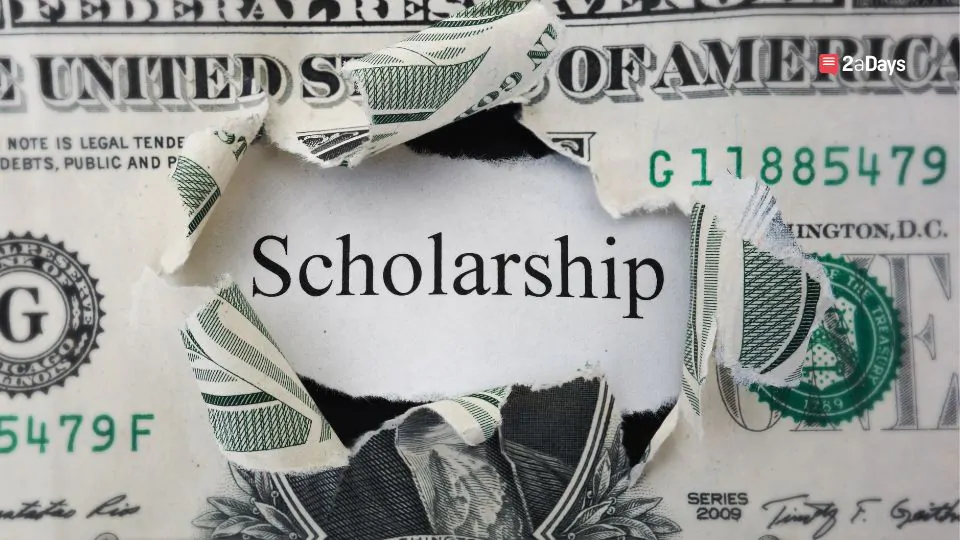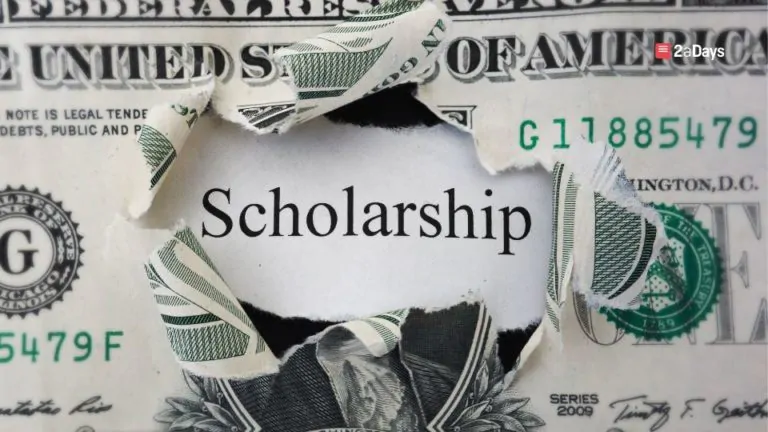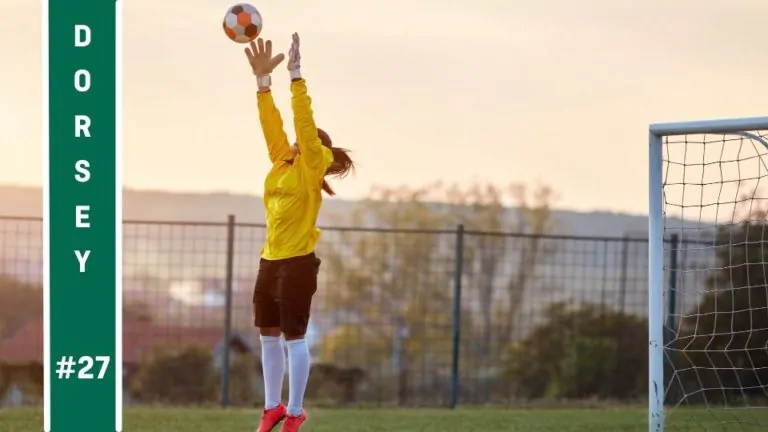The ultimate goal of many high school athletes is to play at the next level. That said, college is expensive and at many universities, without being recruited, the chances of joining the school's team are slim. Oftentimes, in order to play in college, athletes are recruited and offered a scholarship, which range in all different monetary amounts and requirements. During your recruiting process, it is important to explore the types of scholarship you may be offered and what you have to do to earn one.
Full-Ride Scholarships
Full-ride scholarships are available in six college sports: football, men's basketball, women's basketball, women's gymnastics, women's tennis, and women's volleyball. Full-ride scholarships are often one-year agreements between the athletic department and the player in which all school-related expenses are paid for by the university. The one-year agreements must be renewed every year and can be revoked for a plethora of reasons, including poor academic performance, misconduct, or a detrimental injury.
Related: No Scholarship, No Problem. 3 Ways College Athletes Can Get By Without One
Full scholarships are extremely rare–only about 1% of NCAA athletes are awarded full rides. scholarship money as it pertains to their sport. If you play a sport where a full scholarship can be awarded it is important to discuss the parameters of how it must be maintained. For example, for D1 scholarships, the player must have graduated high school, completed 16 core high school courses (2.3 GPA or higher), and maintain their amateur status, signifying that they have not played the sport at a professional level. It's also important to not mistake a verbal offer, which is non-binding and nondescript, for a set in stone full-ride scholarship deal.
Partial Scholarships
Partial scholarships are awarded to equivalency sports, or the six sports listed in the above section. In these sports, there is a pool of scholarship money that is carefully delineated to the athletes by the coach or athletic director, meaning that athletes playing these sports often have to rely on outside forms of aid to fully fund their education.
Related: Rate your Coaches, Facilities, and Campus Visits
Starting in August of 2020, the amount of need-based financial aid no longer affects how much sports scholarship money players are able to receive. That means athletes can compound need-based and academic scholarships with their partial sports scholarships. Finally, if the amount of money offered is a big factor in your decision on where to play at the next level, make sure to explore D2 schools as well as D1 schools. Although D1 is the highest level, D2 schools may offer more money than a D1 school in an equivalency sport.
No matter how much financial aid you receive, doing your due diligence is integral in the scholarship discovery process. Be sure you know what you're signing up for when it comes to scholarship money!
Have an idea for a story or a question you need answered? Email us at [email protected]
* Originally published on November 1, 2022, by William Calhoun







